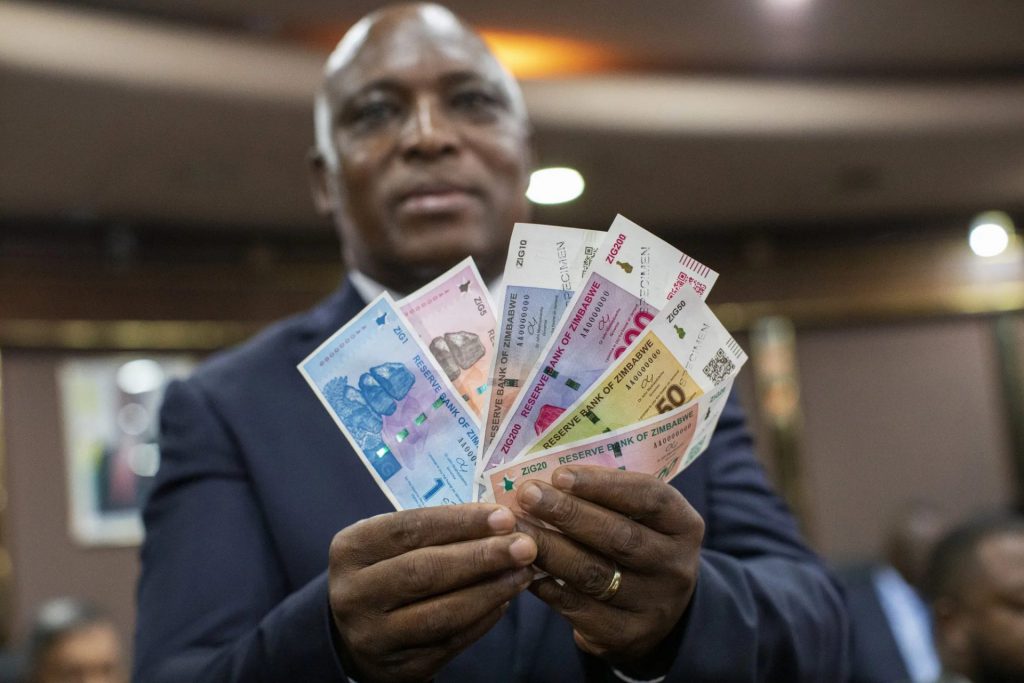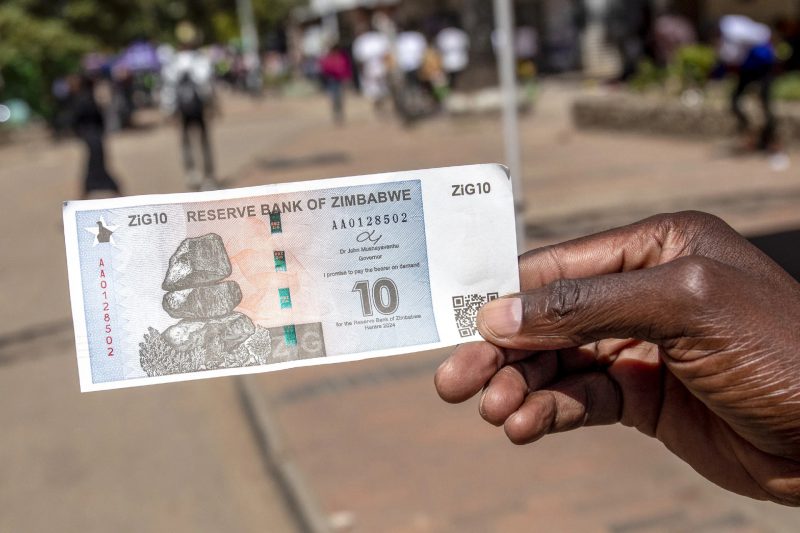The Reserve Bank of Zimbabwe (RBZ) declared a devaluation of the Zimbabwe Gold, also known as ZiG, less than five months after it was rolled out. The government began advocating for de-dollarization a few weeks before the official devaluation on September 27. During that time, the government cut the currency’s value by more than 40%.
Also Read: Solana: AI Predicts SOL’s Price For November 1, 2024
Why Did Zimbabwe Roll Out ZiG?


Since 2009, when the Zimbabwe dollar, also known as the Zimdollar, crashed spectacularly due to soaring hyperinflation, Zimbabwean authorities have attempted to launch a new currency on many occasions, including the ZiG. As a result, to combat the rapidly rising inflation rate, the RBZ introduced the ZiG on April 5 to substitute the Zimdollar.
The public anticipated a similar result to the five prior efforts to establish a home currency. They responded to the launch of the ZIG with a mixture of cautious optimism and skepticism. Many oppose the Zimbabwe government’s rash decisions. However, with a lack of openness and discussion, a local currency would be ideal.
Also Read: Ripple (XRP) & Solana (SOL) Price Forecast For November 2024
ZiG’s Downfall
From 13.56 ZiG to the US dollar at launch to 24.4 ZiG to the dollar on September 27, the RBZ cut the value of the ZiG by 43 percent. Looking back at the Zimdollar, it did not end very well. The currency was worth 30,000 and 40,000 Zim dollars to one US dollar at its demise.
Referring to the ZiG’s depreciation in the months following its inception, RBZ Governor John Mushayavanhu stated in an interview with the Zimbabwe Broadcasting Corporation last month that the action “was not a devaluation but a manifestation of what was already happening on the market.”
He further added,
“I’d say that the impact … has been felt, but there should be stabilization going forward. In fact, we should see prices starting to fall.”
Also Read: Pepe: How To Become A Millionaire With PEPE In 2025?





